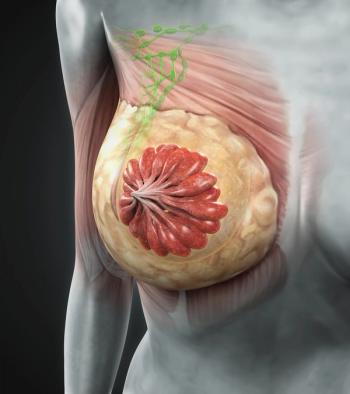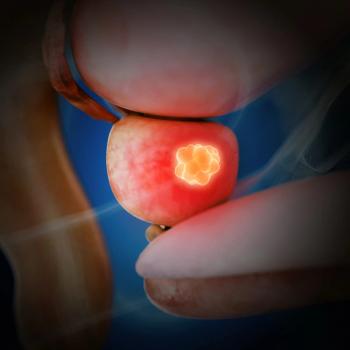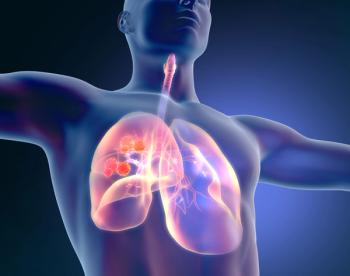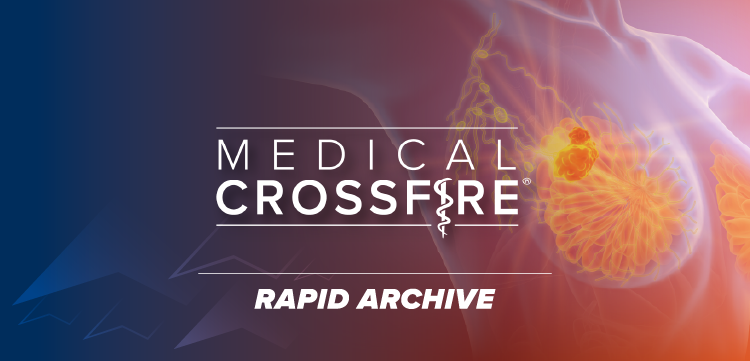
Oncology NEWS International
- Oncology NEWS International Vol 5 No 10
- Volume 5
- Issue 10
Patients' Pain Anxiety Levels Vary Depending on the Type of Pain, the Patient's Gender, and Pain Duration
Although patients with cancer pain reported lower levels of current pain than did patients with benign or treatmentrelated pain, their pain anxiety levels were higher, Mikki Miner, RN, MS, said in a poster presentation at the 8th World Congress on Pain.
BUFFALO, NY-Although patients with cancer pain reported lowerlevels of current pain than did patients with benign or treatmentrelatedpain, their pain anxiety levels were higher, Mikki Miner, RN,MS, said in a poster presentation at the 8th World Congress onPain.
Ms. Miner and her colleagues at the Roswell Park Cancer Institutesurveyed 283 outpatients on the Pain Management Service--150 withcancer pain, 40 with treatment-related pain, and 93 with chronicbenign pain--using several psychometric scales for pain anxiety.
The cancer pain patients reported lowest present pain and leastpain within 24 hours, but had higher scores on the pain anxietyscales than the other two groups.
Interestingly, of the four domains of the Pain Anxiety SymptomsScale (PASS)--fear, cognitive anxiety, escape avoidance, and somaticanxiety--females had higher levels of fear and cognitive anxietythan did men.
The study also showed a temporal pattern to pain anxiety acrossall three groups: pain anxiety was highest among patients withpain for more than 6 months but less than 1 year.
"Some of these findings are very intuitive," Ms. Minersaid. "After 6 months of pain, you become anxious. Certainly,the cancer patients would have more anxiety, and that did holdup in this study. It also makes perfect sense for the other twogroups: If you were still in pain 6 months after your trauma ortreatment, you would become anxious."
At the end of 1 year if the pain is still present, Ms. Miner speculatedthat pain anxiety levels drop because patients have either developedother coping skills or the anxiety has changed, maybe into depression.This finding could be helpful in the clinical setting, she noted,since pain and depression are treated differently.
Articles in this issue
about 26 years ago
Anesthetic Interventions Rise When Anesthesiologists Join the Pain Teamabout 26 years ago
Worldwide UN Survey Shows Many Impediments to Morphine Availabilityabout 26 years ago
Case-Based Pain Curriculum Used in Canadian Schoolsabout 26 years ago
Pain Descriptions May Predict Presence of Neuropathic Painabout 26 years ago
Neurotoxicity Related to High-Dose Opioid Therapy Can Be ManagedNewsletter
Stay up to date on recent advances in the multidisciplinary approach to cancer.





















































































